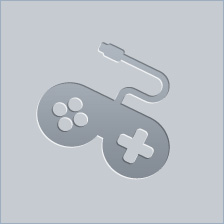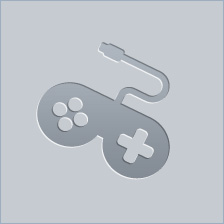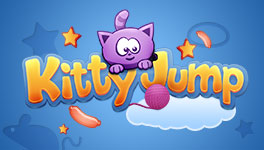Good Sudoku review

After spending about a week with Good Sudoku, I've gone from someone who had never actually tried a Sudoku puzzle in their life to completing today's Expert level Daily Puzzle using no hints. It's a testament to this game's design, which is constructed entirely around teaching players how Sudoku works and how you can get better at solving these puzzles, all while providing useful tools that take nearly all of the busywork out of the process.

Fill in the blanks
As with most Zach Gage games, Good Sudoku is more than just a Sudoku game. In addition to serving up plenty of number-based puzzles, the focus of the game is really to teach you how to play Sudoku or improve your game if you already know how to play. The primary ways it does this is by providing plenty of tooltips describing how both Sudoku and features unique to Good Sudoku work, as well as some tools that automate some of the more rote aspects of these puzzles.
Some of these features include an auto-note feature that notates all number possibilities for each square for you, a focus menu that highlights squares matching a specific number of your choosing, and even a hint system that gives useful explanations to techniques that will allow you to identify these moves in subsequent games. What's great about all of these tools is that you can mix and match them any way you like, or even play puzzles without using any of these features at all.
Nimble numbers
Good Sudoku is the most accessible form of Sudoku I've encountered, and it's not just because of the tools it offers. The game itself is super slick and snappy, and it feels amazing to get the haptic feedback from popping in numbers and having a box auto-fill (note that haptics and auto-filling can be turned on or off as well). It also serves up a good variety of ways to play Sudoku including pre-made puzzles and daily challenges, plus some alternate modes like Arcade and Eternal, which test your ability to solve grids without making any mistakes. You can even import or create your own puzzles if you somehow run out of the thousands of puzzles already in the app.
With all of Good Sudoku's tools turned on (my preferred way to play) and some fundamental techniques under your belt, you can zoom through some puzzles in under a minute. Of course, Good Sudoku also has plenty of higher difficulty puzzles that definitely take more time to chew on, but the tools at your disposal make you feel empowered to take them on, make mistakes, and improve.


Room for growth
As much as Good Sudoku has made me a fully-fledged Sudoku convert, the game has a few quirks that (hopefully) will be fixed in the near future. The biggest one is that there are times when the game's daily puzzles are unsolvable. This was true for the launch day puzzle, at least.
There are also strange inconsistencies with some of the game's settings and menus. For example, you can change your color scheme for the app, but only when you are in the midst of a puzzle, and this change only applies that scheme to that particular puzzle type you're playing. There is no way to change your color scheme across modes aside from turning night mode on or off. I'm also a little surprised that there isn't more documentation of terminology outside of puzzle-solving techniques. There were times when I went back to try and look up Sudoku terms or get a quick refresher on the Focus Mode, but couldn't find them.
The bottom line
I don't think I would have ever played Sudoku in earnest if it wasn't for Good Sudoku. I'm also not sure I'd want to play Sudoku in any other form, either. This game just makes you feel so comfortable and supported while playing that reaching for harder challenges feels both achievable and satisfying, even if you've never touched Sudoku before.


















